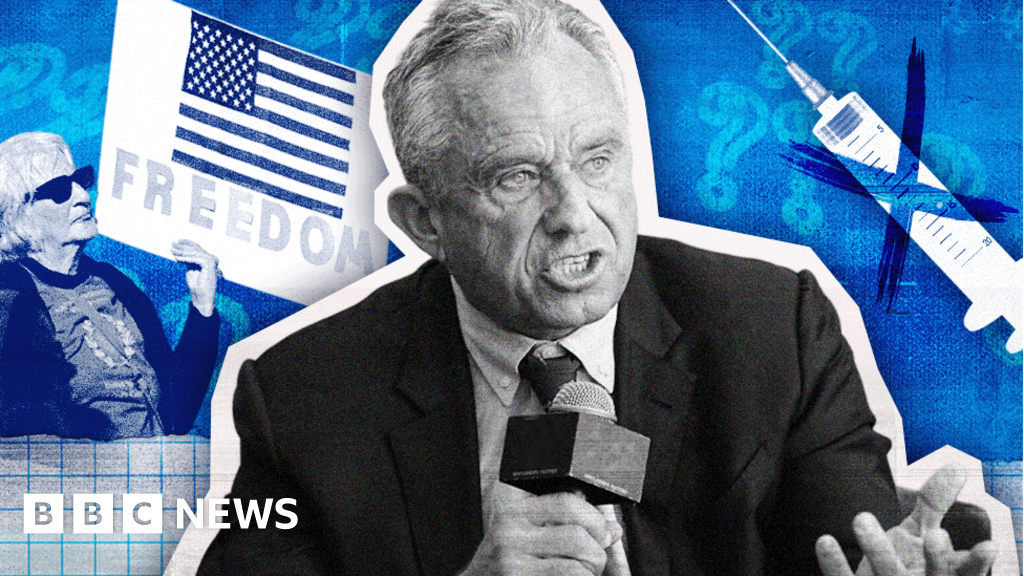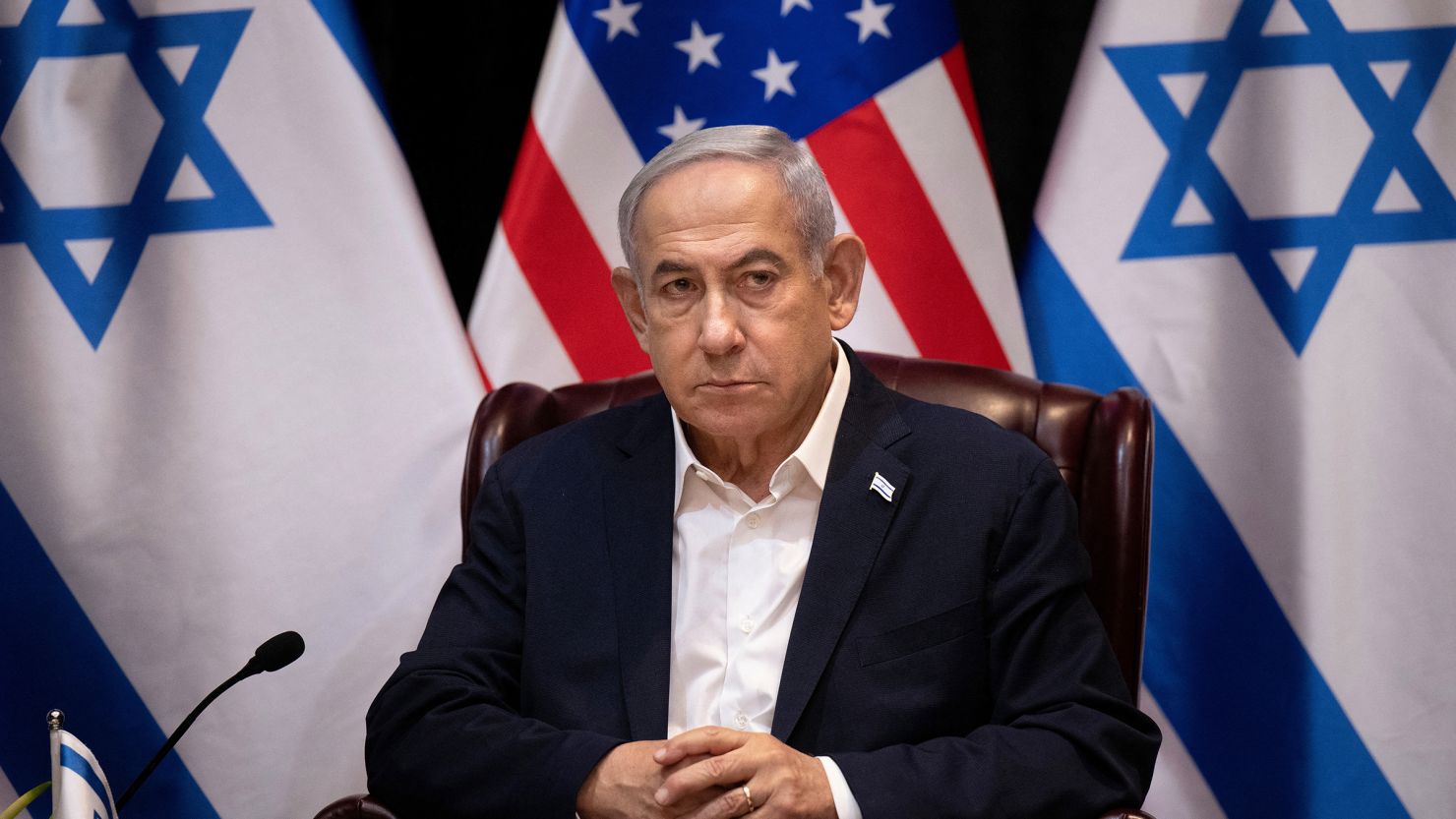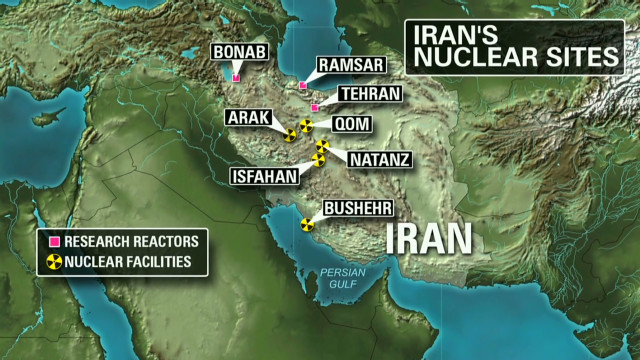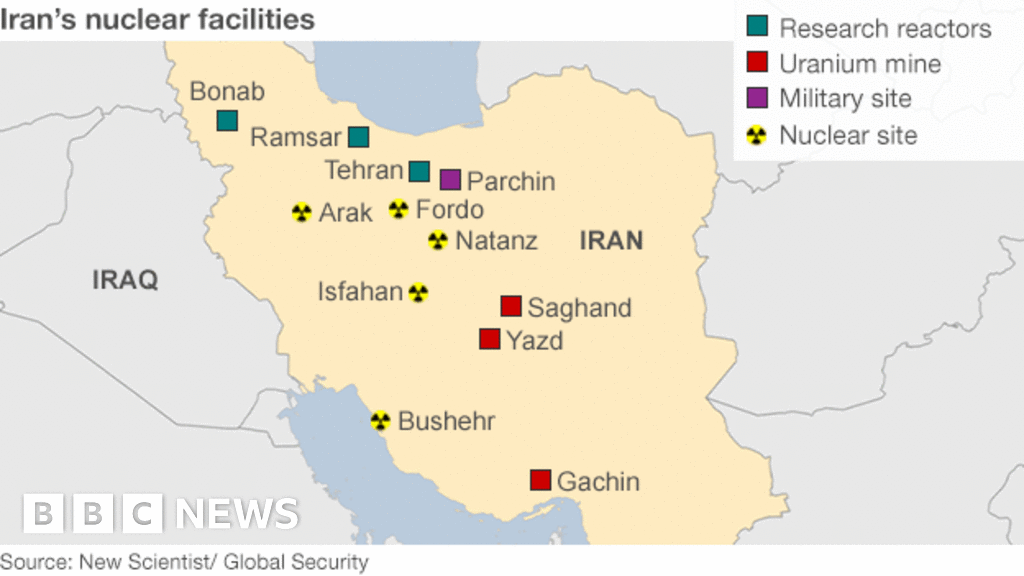Mamdani's Remarks Spark Controversy and Debate over Language and Political Discourse
#mamdani #controversy #language #political discourse #palestine #israel #oppression #stereotypes #marginalized communities #nyc mayoral race #democratic nomination

About the People Mentioned
Zohran Mamdani
Zohran Kwame Mamdani is a New York State Assemblymember representing District 36, which includes Astoria and other Queens neighborhoods. He is notably the first South Asian man, the first Ugandan, and only the third Muslim to serve in the New York State Assembly. Mamdani is a democratic socialist focused on advocating for affordable housing, environmental justice, and equitable public services, aiming to improve the quality of life for working-class New Yorkers who face high rent burdens, pollution, and profiling[1][3]. Born in Uganda and raised in New York City, Mamdani graduated from Bowdoin College in 2014 with a degree in Africana studies. During college, he was politically active, cofounding a chapter of Students for Justice in Palestine and organizing a boycott of Israeli institutions. After college, he worked as a foreclosure prevention counselor in Queens and was involved in community organizing, experiences that motivated his entry into politics[3]. In 2020, Mamdani defeated a Democratic incumbent to win his Assembly seat and has since been re-elected twice. Among his key achievements, he co-created a pilot program for fare-free bus service in New York City and led a 15-day hunger strike in 2021 to protest predatory loans impacting taxi drivers, which resulted in $450 million in debt relief for them. He has also secured over $100 million in state funds to improve subway service and launched initiatives to combat environmental and social injustices in his district[2][3]. Currently, Mamdani is running for Mayor of New York City on a platform to lower the cost of living, improve public transit, and support working families, emphasizing government’s role in making life more affordable and dignified for all New Yorkers[2].
About the Organizations Mentioned
Jewish organizations
**Jewish organizations** constitute a diverse and historically significant network of institutions dedicated to supporting Jewish communities worldwide through philanthropy, advocacy, education, and humanitarian aid. These organizations have roots extending back to the 19th century and earlier, evolving through critical historical moments to address the needs and rights of Jews globally. One of the earliest formal international Jewish organizations was the **Alliance Israélite Universelle**, founded in 1860 to protect Jewish rights and promote education. This was followed by others like the **Anglo-Jewish Association** and the **American Jewish Joint Distribution Committee (JDC)**, which played major roles in welfare and relief efforts[3]. A landmark organization, the **World Jewish Congress (WJC)**, was established in 1936 in Geneva amid rising Nazi persecution. Its mission was to unite Jews globally, defend their political and economic rights, and advocate for a Jewish homeland in Palestine. During World War II, the WJC alerted the world to the Holocaust via the 1942 Riegner Telegram and actively lobbied Allied governments to aid Jewish refugees, securing the liberation of concentration camp inmates and coordinating relief efforts[1]. In North America, the **Federation system** originated in 1895 with the creation of the Combined Jewish Philanthropies in Boston, a pioneering model that centralized fundraising and distributed aid efficiently. This model spread widely, with nearly 200 federations today supporting local Jewish communal needs and philanthropy[2]. Modern Jewish organizations also encompass advocacy and social justice groups. The **American Jewish World Service (AJWS)**, founded in 1985, exemplifies this by focusing exclusively on global human rights, supporting grassroots organizations in Africa, Asia, and Latin America to combat poverty, promote civil rights, and respond to crises[5]. The **Conference of Presidents of Major American Jewish Organizations** plays a prominent political role, influencing U.S. policy on Israel, combating antisemitism, and aiding endangered Jewish communities[
Democratic primary
## Overview The Democratic primary is not an organization in the traditional sense, but rather a critical electoral process within the United States’ political system. It is a series of state-level elections that determine which candidate will become the Democratic Party’s nominee for the presidency in the general election[2][4][5]. This process is a cornerstone of American democracy, reflecting the party’s commitment to democratic participation and the selection of leaders through popular vote. ## Function and Process During a presidential election year, the Democratic primary allows registered voters—and in some states, all voters—to select their preferred candidate from a field of contenders. The rules governing participation (open, closed, semi-closed, or semi-open primaries) vary by state, affecting who can vote and how[3][9]. Voters cast secret ballots, and candidates compete for delegates who will represent them at the Democratic National Convention, where the official nominee is formally chosen[2][5]. The process typically begins in early January and spans several months, with early states like Iowa and New Hampshire playing influential roles in shaping the race[4][6]. ## Historical Context The primary system originated from the Progressive Era reforms of the early 20th century, which sought to transfer the power of candidate selection from party elites to ordinary voters[1][5]. While caucuses—local party meetings—were once the dominant method, primaries have become the main mechanism for choosing presidential nominees, reflecting a broader shift toward greater transparency and public engagement[1][4]. ## Key Achievements and Impact The Democratic primary has been instrumental in advancing political inclusivity and voter participation. It has enabled relatively unknown candidates to rise to national prominence and has sometimes served as a platform for policy innovation and grassroots mobilization. For example, the 2008 and 2020 primaries saw historic levels of voter engagement and diversity among candidates, reflecting evolving social priorities within the party. ## Current Status and Notable Aspects As of 2024,
New York City mayoral election
The term "New York City mayoral election" refers to the organized electoral process through which voters in New York City select their mayor, the chief executive of the city. This election occurs every four years, typically in early November following the U.S. presidential election year, with the elected mayor assuming office at the start of the next calendar year[3]. The mayor oversees the administration of the city’s government, working alongside various agencies, the City Council, and borough presidents to manage New York City's complex urban infrastructure, economy, and public services[9]. Historically, New York City mayoral elections have been held since the consolidation of the five boroughs into Greater New York in 1898, with Robert A. Van Wyck as the first mayor of the consolidated city[3]. The election system has evolved, and since 2019, New York City primaries—including those for mayor—use ranked-choice voting (RCV). This system allows voters to rank up to five candidates by preference, ensuring that the winner garners broad support by redistributing votes from eliminated candidates until one obtains a majority[1][8]. This reform was intended to reduce costly runoffs, increase voter turnout, and better reflect voter preferences[4]. The 2025 mayoral election, scheduled for November 4, 2025, features notable candidates such as Democratic state assemblyman Zohran Mamdani, former Governor Andrew Cuomo running as an independent, and Republican Curtis Sliwa, highlighting a competitive and diverse political landscape[6][7]. The election’s use of RCV in primaries but not in the general election reflects ongoing debates about electoral reform complexity, especially due to New York’s fusion voting system, where candidates can appear on multiple party lines[4]. New York City’s mayoral election is a critical political event with significant implications for governance, urban policy, and business, attracting attention from stakeholders in technology, infrastructure, and public administration sectors. The election process embodies a mix of historic









